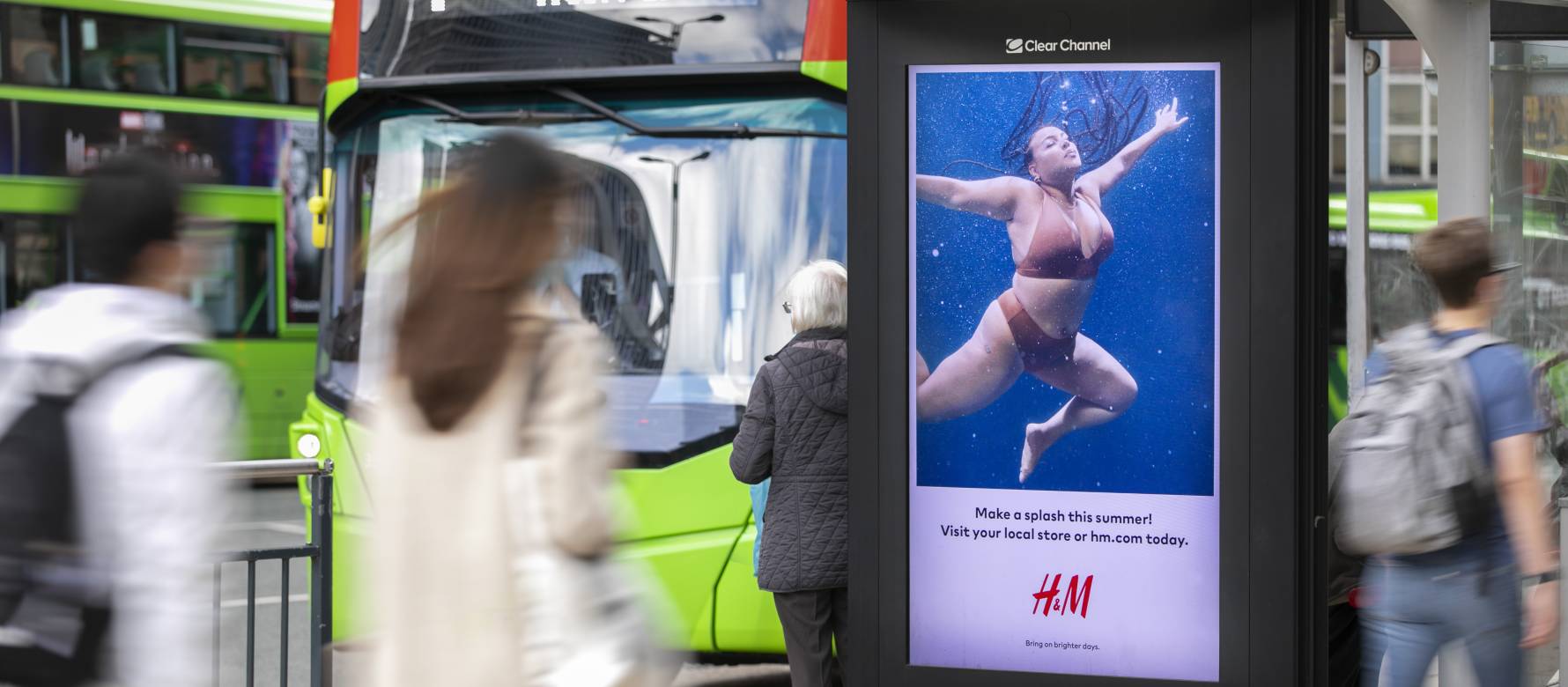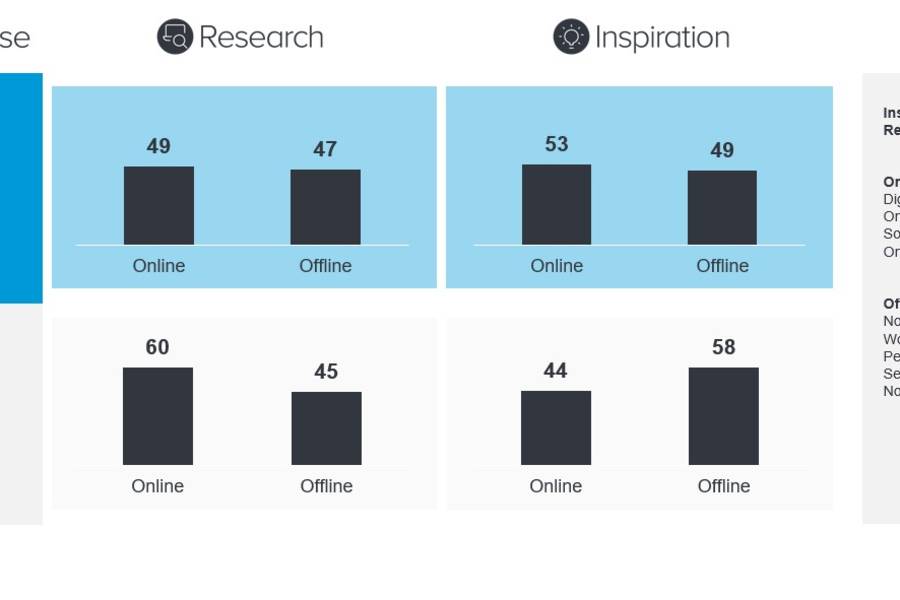Should retailers rethink the role of Out of Home?
17 Aug 2021 / Opinions, Our People, Insights
The retail sector has seen some significant changes in the past few years, and the impact of COVID has accelerated a number of inevitable trends which has triggered huge growth for e-commerce. As we attempt to navigate the impact this has on media, the traditional way in which many retailers have used Out of Home (OOH) may no longer be fit for purpose. Has your brand considered a rethink?
By Colin Horan, Client Partner, Clear Channel UK
Adopting an-omnichannel strategy
Let’s start by announcing that I’m not a subscriber to the idea we see from many articles that the high street is dead. You only need to look at brands like Next, JD Sports, and of course Primark (who had no online offering to prop them up during COVID) to see there are plenty of ongoing success stories out there. We can also add in Mike Ashley’s Frasers Group, who are reshaping the future of the department store experience, as well as the likes of Sky and Amazon who have begun to invest in bricks and mortar to strengthen their brands.
However, there’s no denying that e-commerce has become a more prominent force, having doubled in size in 2020 and now representing 30% of total UK retail sales. Stalwarts like Debenhams and Topshop have become online pure-players, having been bought by Boohoo and ASOS, and many traditional retailers who’ve stubbornly stuck to their ‘sales per square foot’ approach are now investing serious money and resource into their digital offering. John Lewis have forecasted that by 2025, 70% of their total sales will be online and have committed to investing £1billion into their e-commerce platform. It’s about to get a lot more competitive in this space.
So, as retailers adopt an omni-channel strategy, they’ll need to rethink their media approach and in Out of Home this has often been overlooked. A study by Clear Channel, which looked at the shopping habits of Gen-Zs and Millennials, discovered that the research and inspiration that influences online purchases is just as likely to come from an offline source (e.g., a store, or whilst out of home), as it is from an online source such as a website, or social media. The same applies for an in-store purchase. Consumers are experiencing brands at multiple touchpoints before making a purchase, so it’s crucial that marketers don’t plan their media for physical sales and digital sales in silo.

An audience- first approach to OOH
Historically, retailers have often used OOH simply to drive footfall into their stores. It makes total sense. OOH has a physical presence on high streets, so it means advertisers can deliver messages in walking distance to a specific store. It has always been proven to be effective at doing this job, but in an omni-channel world, a retailer who only uses this strategy is missing a huge opportunity to drive online sales too.
The modern consumer is always-on, and has the flexibility to shop wherever and whenever they like, so why limit connection to when they are in proximity to store. OOH’s ability to reach 98% of the UK population means brands can also plug the many gaps where they don’t have a store presence, which can help drive online sales, whether that’s in a local community, or driving home from work. Out of Home should be about connecting with the always-on consumer in the places where they spend most time and increasing the likelihood that they’ll spend money with your brand, whether in-store or online.
By taking an audience-first OOH approach, retailers get to capitalise on the channel’s major strength - building brand equity. This will in turn help increase the effectiveness of any activation strategy. A recent study from Dentsu, which analysed more than 50 campaigns across a 5 year period, proved that consumers who see OOH are 63% more likely to take an online brand action. So in understanding that OOH can drive omni-channel metrics, it should give retailers the confidence to rethink their approach and focus more on where their audience is, rather than solely on where their stores are.
What else needs a rethink?
Taking an omni-channel approach to planning is just one of the areas I believe brands can adapt their OOH to successfully connect with the changing consumer. With the increased importance of community, which is becoming the new battleground for many brands, Out of Home’s physical presence can provide a shop window in the neighborhood, and brands can easily flex their messaging to connect at a local level, using digital OOH. The flexibility that digital brings also makes it more effective in reaching the always-on shopper in the right moments, with the right content, which has been proven to increase the emotional connection of a message by 32%.
But one of the biggest shifts we’re seeing from retailers, is the focus on social responsibility, which has become a key driver of brand choice. Brands are not only using OOH as a way of making a public declaration of what they are doing in the space, but ensuring their choice of media also reflects their positioning. Clear Channel’s commitment to be a Platform for Good lends itself to being a trusted channel for advertisers.
Our latest thought piece ‘Rethinking Retail’ explores these areas in greater detail, looking at how retail brands can adapt their OOH plans to connect with the new shopper so do check it out for more actionable insights.
To help your brand make the most of Out of Home, speak to your Clear Channel representative.
SHARE POST
PRESS ENQUIRIES




